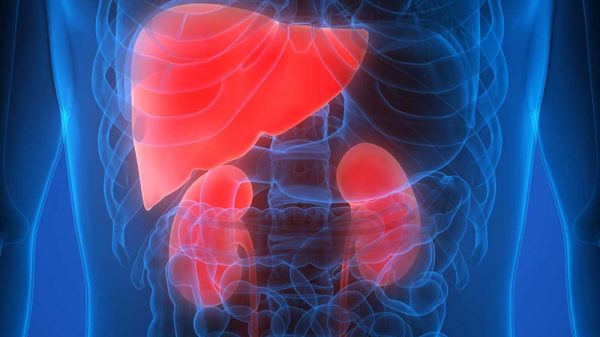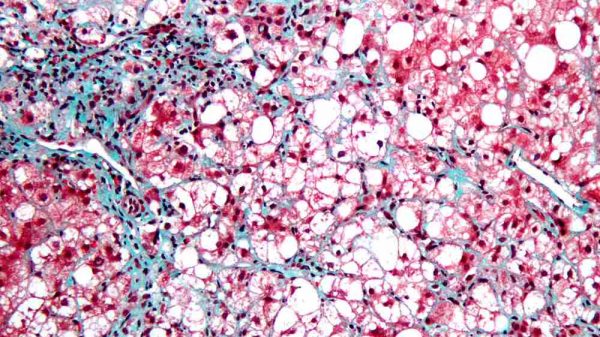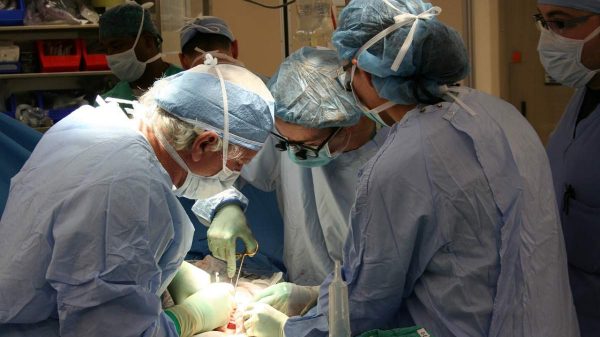People are now more conscious of their health than ever before. With advances in the field of science and medicine, it is but natural that there are now more efficient ways to diagnose certain illnesses. The internet has also become a gateway for instant information and those who wish to find out what their symptoms could mean can easily check online. Browsing through different health conditions will reveal that there are some health conditions that are more serious than others. One such condition is known as Cirrhosis or scarring of the liver. How about HCV Cirrhosis? Is there any link between cirrhosis and HCV or hepatitis C Virus? In this article, we look at whether or not there is a connection between infection of the hepatitis C virus and the development of liver cirrhosis. If you want to know more, read on to find out!
Hepatitis C Virus: A Brief Introduction
In the United States (US), there are around 3.5 Million of individuals who are suffering from HCV (hepatitis chronic virus) that is chronic. However, a majority of these individuals who are afflicted with the said medical condition are still unaware that they have HCV. If left untreated for a number of years, infection coming from HCV or hepatitis C virus can lead to significant liver damage. Out of the 75 to 85 individuals who are affected by the Hepatitis C Virus, around 5 to 20 individuals will get cirrhosis of the liver. In fact, an infection caused by the hepatitis C virus is the number one (1) factor for the development of liver cancer and cirrhosis of the liver.
The organ responsible for the blood detoxification and in the development or creation of nutrients that are vital is the liver. There are a number of factors that can cause damage to the said organ and these are hepatitis, parasites, and alcohol abuse that is chronic. As time passes, liver inflammation can lead to permanent damage and scarring referred to as cirrhosis. Once cirrhosis occurs, the liver is no longer able to recover and this can result in failure of the liver, cancer of the liver, and liver disease that is end-stage.
Liver cirrhosis comes in two (2) stages. The first is known as compensated cirrhosis which happens when the body can function as it should despite scarring and impaired liver function. The second form of liver cirrhosis is referred to as decompensated cirrhosis which occurs once the liver starts to break down. Symptoms that are more serious that may be experienced by the patient during this stage are hepatic encephalopathy, variceal hemorrhage, and failure of the kidney.
Invisible Hepatitis C and its Symptoms
The initial HCV infection may not present any noticeable symptoms. A lot of individuals are not aware that they are already infected with a disease that is life-threatening. The hepatitis C virus targets the liver and most individuals who have been in contact with this kind of infection will usually experience the development of chronic infection and liver damage. In some cases, there are individuals who get diagnosed with HCV after two to three decades.
As stated earlier, individuals may not have any hepatitis C symptoms until liver damage has become considerable. Once symptoms start to appear, they will usually include hepatorenal syndrome or the combined failure of the liver and the kidney, ascites, and infection of the abdominal lining, the buildup of toxins resulting in mental function that is impaired, esophagus that has veins that are enlarged and bleeding in the upper stomach, blood tests that are abnormal which include coagulation parameters, albumin, and bilirubin, ascites or abdominal fluid, swelling of the legs, jaundice of the yellow discoloration of the skin and the eyes, skin that is itchy, easily getting bruised or bleeding, weight loss, loss of appetite, nausea, and fatigue.
A biopsy of the liver can show scarring and verify with people who have infected with the hepatitis C virus that cirrhosis is indeed present. For doctors to diagnose liver disease that is advanced without resorting to the said biopsy, a physical exam and some lab tests may be sufficient.
HCV Cirrhosis: How does one progress to liver cirrhosis?
About a quarter of individuals suffering from a hepatitis C virus infection progress into liver cirrhosis. However, there are a number of other variables that can lead to an increased risk for liver scarring and these include the use of alcohol, HCV infection along with another one (such as hepatitis B or HIV), and blood levels of iron that are elevated.
Individuals who have HCV that is chronic should avoid drinking alcoholic beverages. Cirrhosis can also be accelerated in older adults (those older than 45 years of age) as there will also be an increase in scarring and fibrosis. Having the infection from HCV aggressively treated can help cirrhosis into further progressing.
What are the possible complications of cirrhosis of the liver?
It is crucial for patients suffering from cirrhosis to remain healthy and to ensure that they are up to date in terms of immunization. These vaccines include pneumonia, influenza, hepatitis A, and hepatitis B. Liver scarring or cirrhosis can alter the flow of blood within the body and can also lead to blocked veins leading back to the liver. Blood may also get into the esophagus and the stomach which can cause the vessels of the blood to become enlarged and result in a stomach that is bleeding. Patients should watch out for any bleeding that is abnormal
Another cirrhosis complication is a cancer of the liver. The patient’s healthcare professional may conduct certain blood tests and ultrasound on a monthly basis to check and monitor for any forms of cancer. Some other possible complications of cirrhosis are changes in the body’s mechanism in processing certain medications, type 2 diabetes, and gum disease or gingivitis.
Patients are advised to seek immediate medical attention and assistance from their healthcare partner or doctor as cirrhosis can be a life-threatening disease and can also lead to a number of complications if left untreated.























